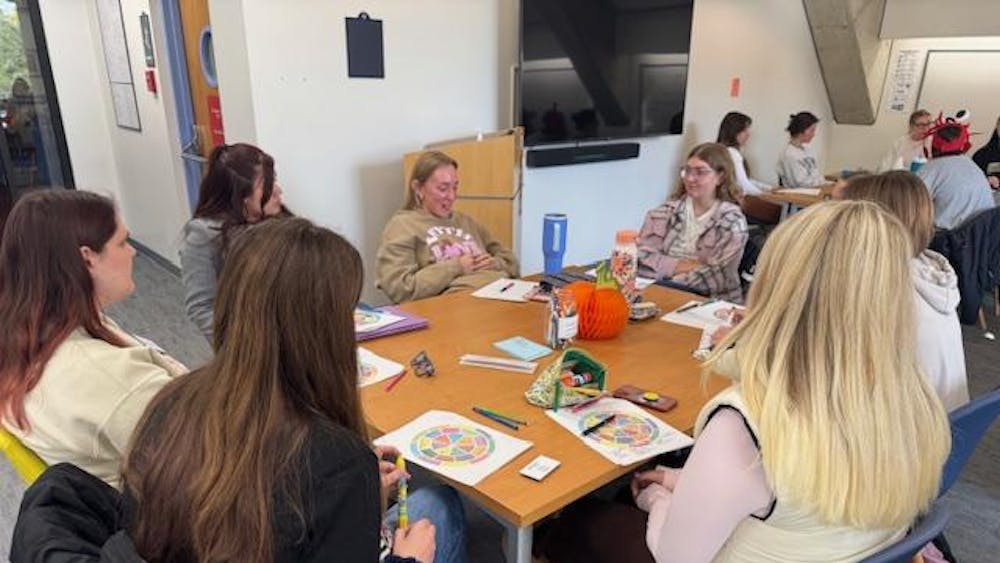Steven Hoelscher, a professor of American Studies and geography at the University of Texas at Austin, spoke about forced labor and torture in Georgia prisons during the Jim Crow era at a lecture Thursday evening at the Snite Museum of Art. The lecture was co-sponsored by the Institute for Scholarship in the Liberal Arts, department of American Studies and Gallivan Program in Journalism, Ethics and Democracy.
Hoelscher, a photo historian and cultural geographer, presented photographs of Georgia prisons captured by John L. Spivak, a photojournalist.
Hoelscher said Spivak was “one of the most influential reporters” of his time.
The work Spivak did was “Snowden-esque,” Hoelscher said — putting himself at risk to expose governmental injustices.
John Spivak visited several prisons in Georgia during the 1930s, documenting prisoner labor and torture. He intentionally framed his photographs to display the disparity between prisoners, who were predominantly African-American, and the prison wardens and workers, Hoelscher said. As part of his work, Spivak documented prisoners forced to do hard labor in chain gangs, forced to clear forests, pave roads and perform other physically demanding tasks.
Spivak worked to “expose the atrocity of racially based forced labor through the act of photographic witnessing,” Hoelscher said.
“Spivak became a photographer in order to affect political change,” he added. “He had a burning desire to help people regard the pain of others because he believed knowledge provoked action.”
Hoelscher said his current research on Spivak’s work focuses on the civil rights movement and the intolerance and hate it challenged.
“[The research] explores a crucial moment in the turbulent history of the United States when post-emancipation hopes for African-American civic equality [and] economic independence were crushed by disenfranchisement, lynching and a vast array of oppression aimed at black communities,” Hoelscher said. “… [Spivak had] determination to bring unpleasant, even atrocious, facts to light and the desire to present social reality in a fashion deemed acceptable to the masses.”
Hoelscher said although Spivak’s work is sometimes criticized for providing little information on its African-American subjects, he still finds it provides essential insight into the history of the civil rights movement.
“[It] was a forceful argument for racial justice in the South [which was affected by a] racial caste system that made the chain gang possible,” he said.
Hoelscher said Spivak is an example of how photographers can hold the U.S. government accountable for injustices.
“[He] challenges us, modern day witnesses, to engage actively in the critical evaluation of the American past,” he said.









